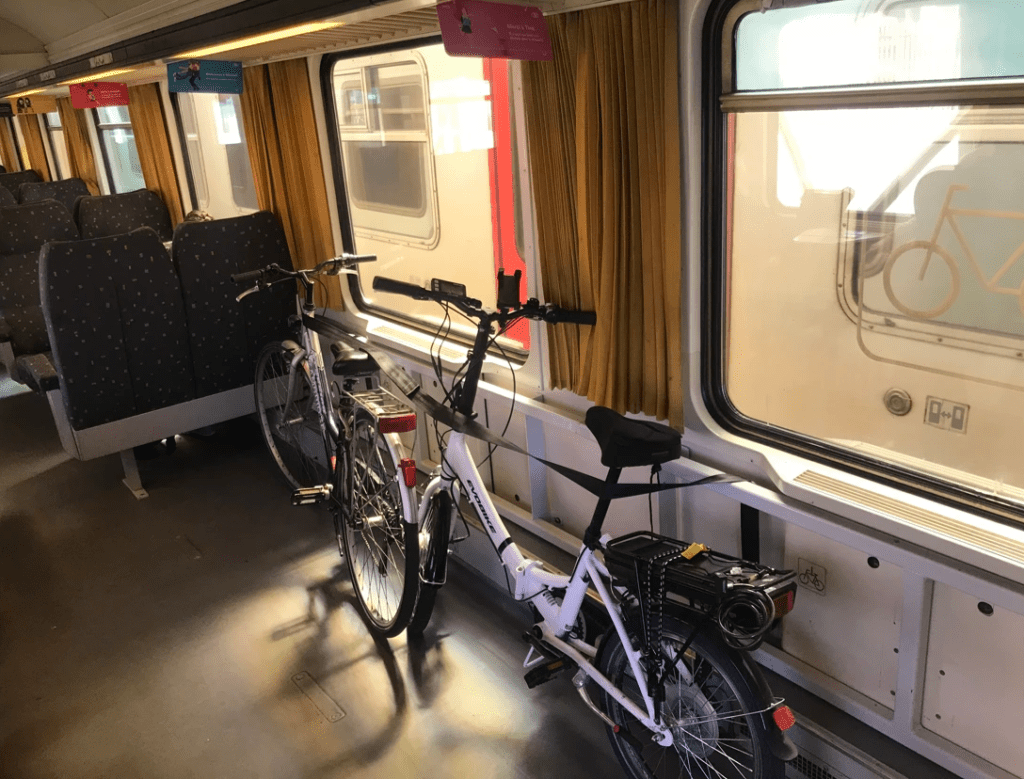The number of employees cycling to work in Belgium has dropped by a third since before the coronavirus crisis. However, the distances covered by bicycle are longer.
Since 2019, the number of employees biking to work dropped by around 7% to 14% this year, after a clear drop was already reported in 2020 as a result of the pandemic.
The figures come from human resources company SD Worx and are based on wage calculations of employees and their bicycle allowances.
"The most significant decrease was found among white-collar workers, who often have to work from home because of the crisis," said Veerle Michiels, SD Worx mobility expert.
The report stated that as the average distance covered per cyclist has increased in the same period, those who live further away from their place of employment continued to cycle to work in 2021.
However, SD Worx stressed that because the data collected concerns only people who receive a bicycle allowance, the total number of cycling commuters is probably much higher.
Related News
- Fatal cycling accident in Ghent raises safety concerns with tram tracks
- ‘Transforming Brussels’: Car Free Sunday a success
Normally, a drop in the number of cycling commuters is seen in the winter, but whether the current decline will continue at the end of the year may also depend on the rules employers will impose regarding teleworking, according to Michiels.
"If the weather is favourable, people may cycle shorter distances rather than take public transport. How companies and employees will implement the combination of homework and a return to the office will also play a role. To paint the full picture, we will have to wait for the autumn," she explained.
More women received a bicycle allowance than men, mainly because they are more represented in the care sector, which is obliged to offer employees a bicycle allowance. However, they receive on average a lower bicycle allowance than men.
The median amount in annual allowances per cyclist rose from €73.92 in 2019 to €91.20 in 2020 but decreased again to €76.80 during the first eight months of 2021.
This allowance, meant to encourage employees to improve their health and cycle to work rather than go by car, is a voluntary incentive unless it has been agreed by the sector, such as in the care industry. Most often, the price of the allowance is set by the employer itself.

